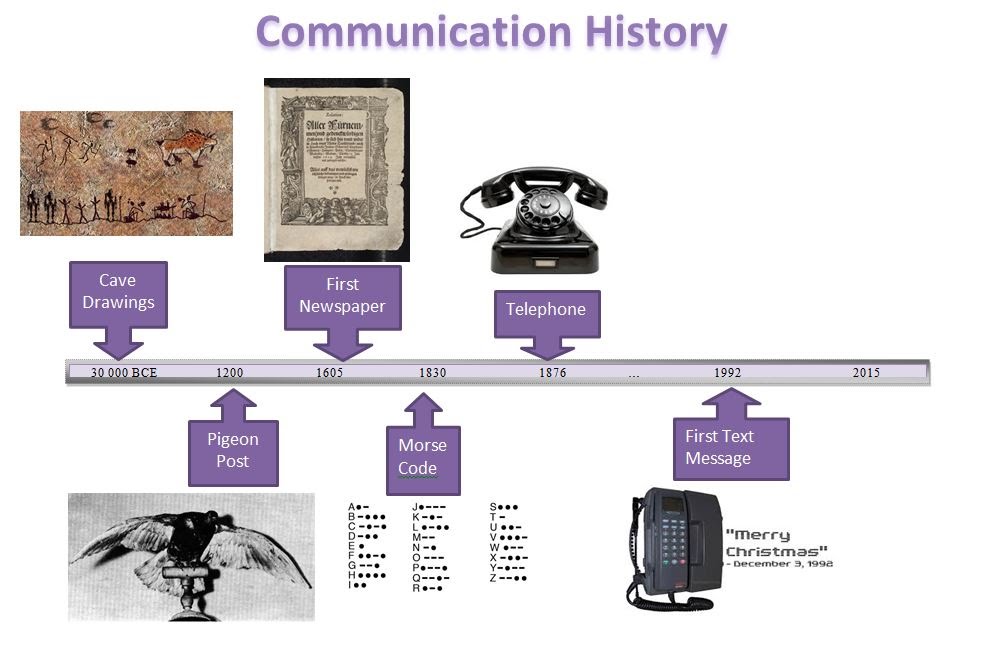Have you ever wondered about the history of modern US phone numbers? While these ten-digit numbers have been in existence since the 1940s, it is likely that they may become a thing of the past as the world moves towards other forms of communication. In this article, we’ll take a broad look at the evolution of phone numbers in the United States.

Early Days of the Telephone
The origin of the phone begins just before the turn of the 19th century, when scientists had simultaneously explored various methods to facilitate instantaneous communication between two individuals. Scottish inventor Alexander Graham Bell is famously credited of having invented the telephone as it is recognized with his ingenious patent in 1876.
Soon after its invention, the phone number gained mass acceptance in the United States. A user would call the operator of the phone line and verbally ask them to direct the call to a person or service that they wished to reach. In those days, typical telephone numbers consisted of four or five digits; however, when calling outside of their local city, callers would then be required to speak with an operator and provided the city and telephone number to the recipient.
Ten Digit Telephone Numbers Are Invented
By 1910, the United States became one of the countries with the highest telephone penetration rates, which required a vast system to handle its different regions and their corresponding local numbering systems. As you may imagine, it became increasingly more difficult to accommodate all of the differences, especially when users wanted to communicate over long distances.
It wasn’t until the 1940s, the Bell System (developed by the Bell Telephone Company, and later AT&T) attempted to unify the different existing systems into one cohesive system known as the North American Numbering System. This new system was aimed at standardizing telephone numbers throughout the United States, enabling direct telephone communication between users anywhere in the country without the assistance of a dedicated telephone operator.
As you can imagine, this new system wasn’t easily adopted; instead, it was rolled out over a gradual period of time to ensure that telephone users could adapt to these new changes and challenges — the most significant being that users now had to memorize a longer string of digits and dialing the number without the assistant of a trained operator. In fact, there was some resistance from groups like the San Francisco-based “Anti-Digit Dialling League,” who considered the new Bell system to be a nefarious way of promoting “the cult of technology.” Nevertheless, the new numbering plan was eventually fully accepted in October 1947.
So, what did this plan look like? The North American Numbering Plan divided North America into eighty-six distinct Numbering Plan Areas (NPAs), each with its own assigned area code. This meant that ten-digit numbers came into existence for each telephone, comprised of the area code (three digits) and followed by a subscriber number (seven digits, comprised of three digits for the central office and four digits for the station number).
Nearly two decades after its inception, 129 area codes had been established across the United States, also including other areas in North America (including Bermuda, Canada, and other areas in the Caribbean). As you can imagine, the demand for more area codes in the United States expanded with passing years, as well as the amount of existing telephone numbers. According to predictions made in 2014, the amount of ten-digit telephone numbers is expected to be sufficient until 2044 — still a while ahead, but presenting a looming problem for future generations. However, a new type of tools may supplement this ten-digit system in favor of more modern forms of communication.
The Death of Ten Digit Telephone Numbers?
Nearly a century after ten-digit telephone numbers came into existence and replaced four and five-digit numbers, it is predicted that the modern world is approaching a completely new era for communication, due to the advent of the internet.
As you may be aware of, the internet has replaced the necessity of dialing numbers or even communicating exclusively through audio. Now, video and text communications can augment how individuals communicate with one another, no longer requiring a telephone to handle calls, but allowing a wide range of devices (i.e. smartphones, PCs, tablets, etc.) to facilitate the exchanging of information between individuals. This radical transformation has opened a new world of possibilities that is both vast and exciting. However, it is inevitable that outdated technology, like the ten-digit phone number, will be replaced with newer methods to allow individuals to communicate instantly, no matter where they are located in the world.